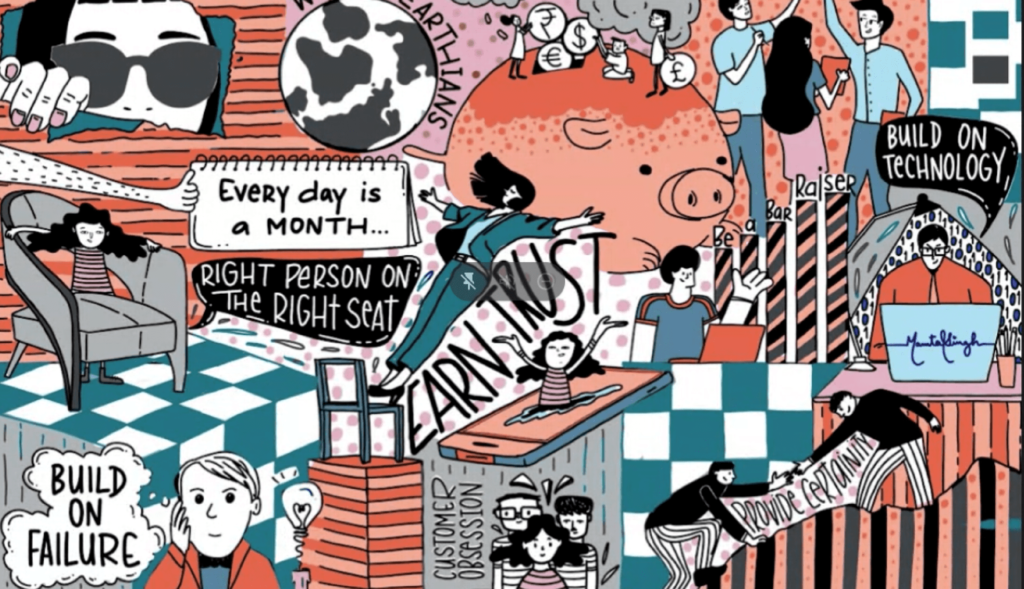Introduction
Education is moving toward prepping students with skills that match future needs. This means helping students easily access, adopt, and enjoy learning experiences curated for the future. There has been a significant shift toward tech-enabled education with 65 percent of K–12 teachers using digital learning tools daily. Educators are bidding goodbye to traditional learning as personal and inclusive learning takes center stage in developing future-ready learners.
Preparing Students for the Future
While technology makes its presence felt in the educational arena, institutions still have some way to go in preparing students. A mark of this is that 68 percent of public schools offer structured digital literacy training to students. Having learning environments that support digital, modular, and standards-aligned content is a step in the right direction. What also works is experiential, inquiry-led, and activity-based learning. To help students stay in step with the changing times, accessible digital tools, scalable content, and proven educational frameworks need to be a part of modern classrooms.
Challenges in K–12 Education Content Delivery
The scale of challenges in K–12 education content delivery requires immediate attention and resolution. For one, the low adoption of accessibility standards like the WCAG, ADA, and Section 508 across schools means that students with disabilities aren’t able to fully enjoy digital learning like their peers. Curriculum gaps are another challenge, reported by 41 percent of teachers, which can lead to inconsistent learning experiences for students. Over and above these are infrastructure hurdles, like weak internet or limited technical support. All these issues drive home the urgent need for thoughtful, scalable, and accessible content solutions.
Best Practices for Future-Ready Learning
Transformed classrooms are shaping the way students learn for tomorrow. Educators are embracing adaptive learning technologies to tailor lessons to each student, boosting engagement and improving outcomes in 59 percent of cases. Active collaborative projects give students a hands-on role in their learning while reducing failure rates. Equity remains a central focus, with accessible, standards-aligned materials creating a level playing field and multilingual support bridging gaps for the 40 percent of learners lacking access in their native language. Together, these practices prepare students for tomorrow while empowering educators in today’s digital-first classrooms.
How Amnet Supports K–12 Education
At Amnet, supporting K–12 education goes beyond creating content; it’s about building learning experiences synced to the times. Our solutions combine editorial expertise, production quality, accessibility compliance, and technology integration. For reference, we developed a structured program that enhanced interactivity and skill-building for a US high school and also streamlined lecture PowerPoint production with editorial and subject matter expertise for a higher education institution. From born-accessible digital lessons to interactive eLearning modules, every offering is designed to empower teachers and inspire learners.
Conclusion
Preparing students for the future takes more than just a classroom; it takes learning that is accessible, interactive, and designed to build real-world skills. At Amnet, the focus is on helping schools bring these ideas to life with digital solutions that are inclusive, scalable, and ready for tomorrow’s classrooms. Get in touch with our team to know more.
Sources
- https://nces.ed.gov/whatsnew/press_releases/2_19_2025.asp.
- https://www.unesco.org/en/articles/new-unesco-report-calls-multilingual-education-unlock-learning-and-inclusion.
- https://www.rand.org/pubs/commentary/2025/08/the-state-of-public-education-in-2025-in-five-charts.html.
- https://www.mdpi.com/2071-1050/17/3/1133.
- https://amnet.com/comprehensive-learning-solutions-for-every-need/.
- https://amnet.com/comprehensive-learning-solutions-for-every-need/k-12-and-higher-education-elearning-services/.
- https://amnet.com/case-study/how-amnet-helped-a-higher-education-publisher-streamline-lecture-powerpoint-production-for-educational-materials/.
- https://amnet.com/case-study/how-amnet-helped-a-renowned-elearning-solutions-provider-craft-engaging-microlessons-for-interactive-learning/.



